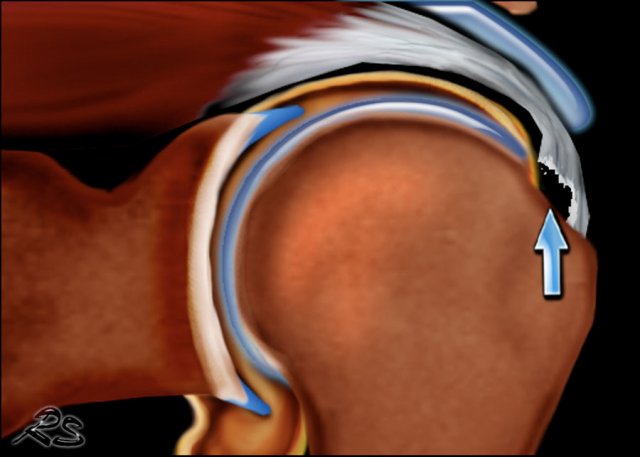Are You Prescribing Upper Back Strengthening Too Soon? When assessing patients, we frequently uncover imbalances in the strength of their upper back muscles. While it may be tempting to immediately dive into strengthening exercises to rectify these imbalances, it’s vital to first address any underlying issues. This initial process may include recognizing and improving postural […]
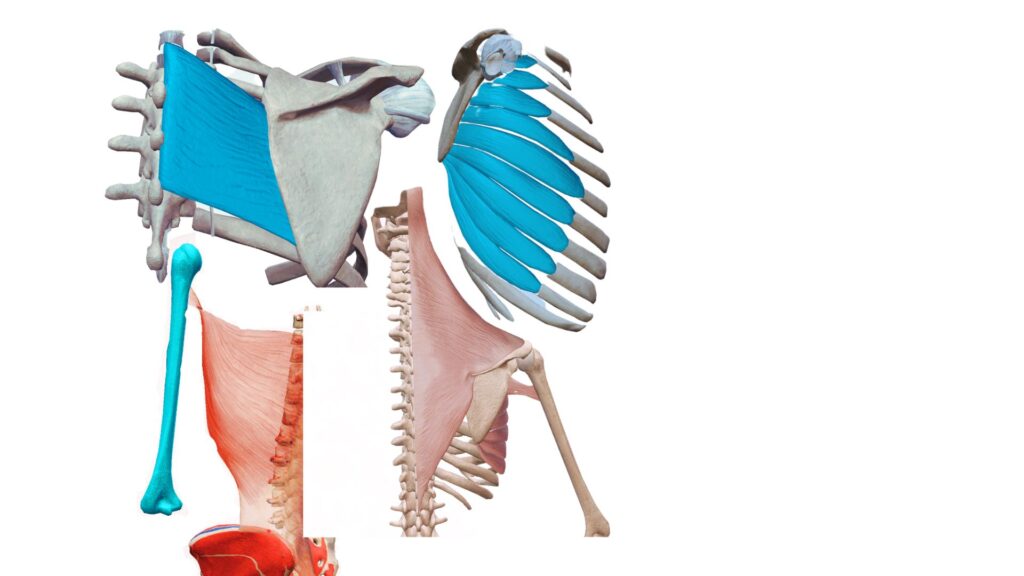
To grasp the concept of isometrics, it’s essential to recognize that there are two primary types: Overcoming Isometrics and Yielding Isometrics. We will focus on Overcoming Isometrics in this blog. Overcoming Isometrics (PIMA) Overcoming isometrics is often referred to as PIMA exercises (pushing isometric muscle action). This type of isometric training involves exerting force with […]
Aging, along with certain health conditions and medications, can cause bones to become progressively weak and brittle, leading to a condition known as osteoporosis. Osteoporosis significantly elevates the risk of fractures, which can greatly limit mobility and independence. Individuals affected by osteoporosis are considered at an increased risk of falls and bone fractures. The good […]

Heel pain is a frequently problem, particularly for those who spend extended periods standing, walking, or running. Whether you love running, have to stand for work, or just enjoy leisurely strolls, heel pain can have a considerable impact on your daily life. Understanding possible causes, available treatment options, and preventive measures for heel pain can […]
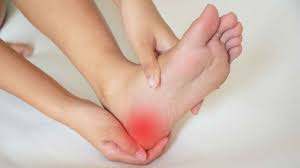
Do you encounter patients experiencing persistent shoulder pain, limited range of motion, and dysfunction despite your efforts to restore glenohumeral joint mobility, restore anterior chest muscle flexibility, and improve rotator cuff strength? Feeling unsure about the next step? Have you thought about assessing and correcting pelvic alignment to address the issues? Many shoulder dysfunctions are […]

What Are Discs? Intervertebral discs, fibrocartilaginous structures found between adjacent vertebrae, create a joint and link the vertebral bodies together. These discs collectively contribute to about one-third of the vertebral column’s length, providing a buffer between adjacent vertebrae. In total, there are 23 intervertebral discs: 6 cervical, 12 thoracic, and 5 lumbar. The discs are […]

Blood Flow Restriction: How Does It Aid in Your Patients’/Clients’ Recovery, Strengthening, and Healing? Blood flow restriction (BFR) has recently been gaining popularity in outpatient physical therapy although its origins date back to the late 1960s. While the history behind this technique is fascinating, it is not the focus of this discussion. For those curious […]
Tennis elbow, or lateral epicondylitis, is a painful condition of the elbow caused by overuse. Although it is called “tennis elbow”, most people who develop lateral epicondylitis do not play tennis. Several other sports and activities besides sports can also put you at risk. Tennis elbow is inflammation or, in some cases, micro tearing of the tendons […]
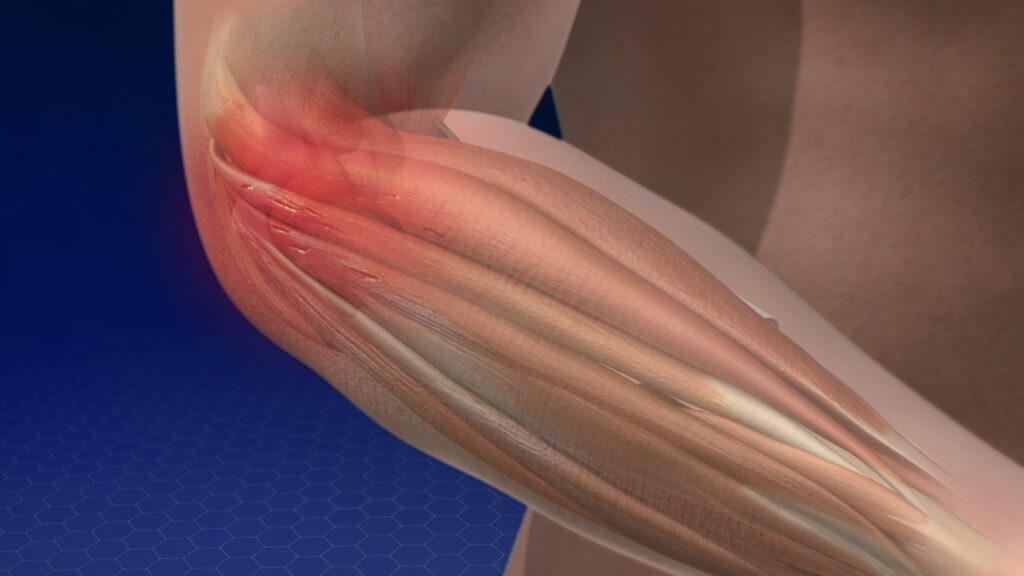
Arthrogenic Muscle Inhibition (AMI) Persistent weakness in the quadriceps muscles and limited knee extension following knee injuries/surgeries stem from distinct changes in neural excitability; a phenomenon referred to as arthrogenic muscle inhibition (AMI). Comprehension of the pathophysiology underlying AMI is essential to the physical therapist as it serves as a compass for therapeutic interventions. Several […]
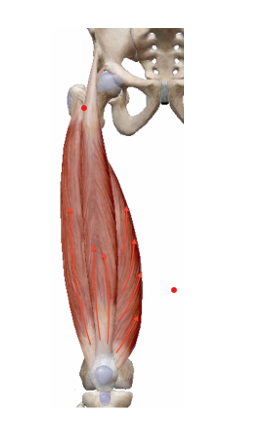
What is a PASTA Tear? PASTA is an acronym for partial articular supraspinatus tendon avulsion. To further explain: Partial: means the tear has not gone all the way through the tendon. Articular: There are two surfaces to the tendon, one is bursal, and the other is articular. The articular surface is the inner side of […]
